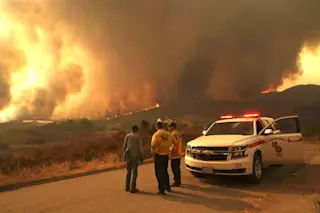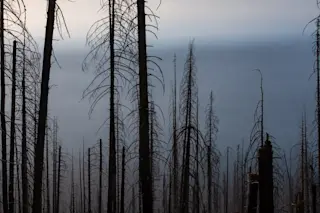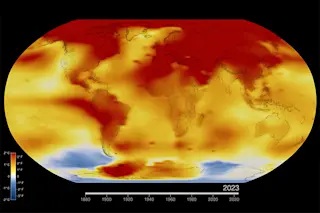Data from the Landsat 8 satellite were used to create this image of the Camp Fire in Northern California on November 8, 2018, around 10:45 a.m. local time. (Source: NASA Earth Observatory) In all the many years that I've covered wildfire, I don't believe I've encountered anything like what we've seen with the Camp Fire blazing in California's northern Sierra Nevada mountains. What really shocked me was the speed with which this cataclysmic inferno progressed to become what appears to be the most destructive in state history. In a flash, an estimated 6,713 structures were destroyed in the town of Paradise. "It’s phenomenal how fast the fire spread," said Scott McLean, the deputy chief of the California Department of Forestry and Fire Protection, quoted in the N.Y. Times. The Landsat 8 satellite image above offers an incredible view of the inferno. It was created using Landsat bands 4-3-2 — visible ...
Stunning satellite images and animations offer a sobering perspective on California's raging infernos
Discover the catastrophic Camp Fire in Northern California, captured by Landsat 8, revealing its rapid destruction on November 8, 2018.
More on Discover
Stay Curious
SubscribeTo The Magazine
Save up to 40% off the cover price when you subscribe to Discover magazine.
Subscribe













